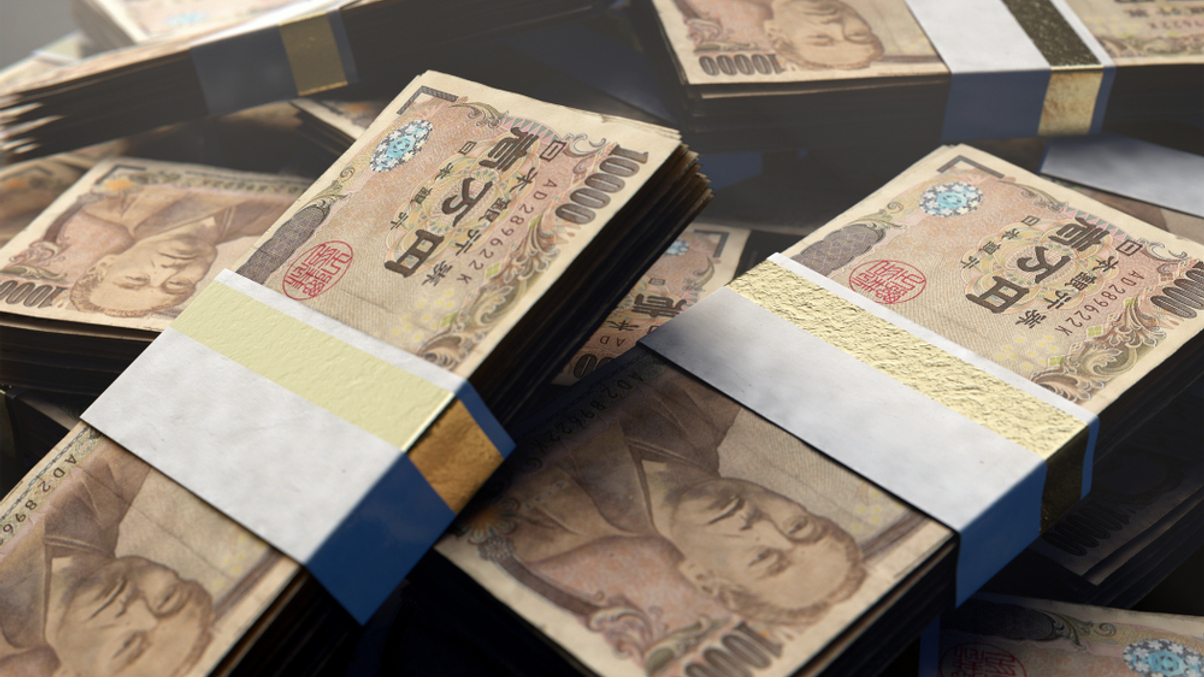GPIF's fiscal 2022 performance beats global peers
Japan's Government Pension Investment Fund, one of the world's largest institutional investors, defends its annual results after a challenging year and stresses the difficulties in managing such a large investment portfolio.

The executive board and management of Japan’s ¥200 trillion ($1.34 trillion) Government Pension Investment Fund (GPIF) have issued a stout defence of the fund’s peformance in fiscal 2022 (12 months ending March 2023).
Sign in to read on!
Registered users get 2 free articles in 30 days.
Subscribers have full unlimited access to AsianInvestor
Not signed up? New users get 2 free articles per month, plus a 7-day unlimited free trial.
¬ Haymarket Media Limited. All rights reserved.


